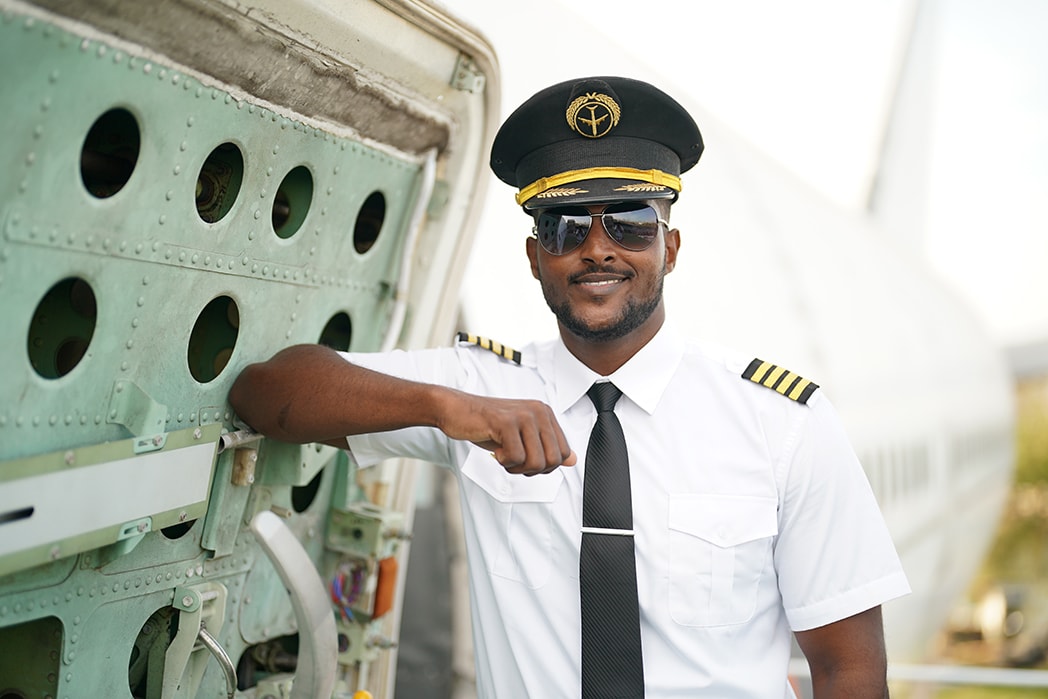Pilot Licensing Process: Step-by-Step Guide & Requirements
Jun 04, 2025
The pilot licensing process has several steps, from understanding different pilot certificates to ground school and flight training. To become a private pilot, you must follow these steps: meet age requirements, complete flight training and pass a checkride.
The final step is a practical test called a checkride. You will also need to meet medical and language requirements. Each stage plays a critical role in helping you meet FAA standards and move forward toward earning your pilot certificate.
If you're beginning your journey and wondering how to pilot license, understanding these steps is essential to getting started.
Key Takeaways
-
To become a pilot, you’ll need specific certificates like the Private Pilot License (PPL), Commercial Pilot Certificate, and Airline Transport Pilot Certificate (ATP), with each certificate representing a step in the pilot career path and allowing different levels of flying.
-
Before training, meet eligibility requirements including age, medical fitness, and English proficiency, and choose a flight school that fits your needs, whether a Part 61 or Part 141 school, considering the differences in training programs each offers.
-
Successful completion of your training involves logging required flight hours, passing the FAA written exam, and ultimately a checkride to earn your pilot certificate.
Understanding Pilot Certificates
Flying requires not just passion but certification. Issued by the civil aviation authorities, pilot certificates allow you to fly different types of aircraft.
The basic certificates are Private Pilot License (PPL), also known as a private pilot licence or private pilot's license in some countries, Commercial Pilot Certificate, and Airline Transport Pilot Certificate (ATP). Each certificate plays a role in your aviation career, including getting a private certificate.
The first milestone you reach is getting your PPL, ideal for recreational pilots. To get this pilot license, you need to show competent flying skills and meet certain theoretical knowledge requirements.
Having this certificate allows personal recreational flying and lays down the foundation piloting skills for more complex certificates. Further training is required to advance to more complex aircraft or specialized roles.
Those who want to fly for a living go for the Commercial Pilot Certificate after getting their PPL. This is a step toward becoming a professional pilot.
This commercial certificate requires you to have an existing private certificate with additional advanced training under your belt, plus strict knowledge tests and plenty of hands on experience from having a recreational pilot certificate.
To be an airline pilot, specifically an airline captain, you need an Airline Transport Pilot Certificate (ATP certificate). Becoming an airline pilot requires significant experience, accumulation of many flight hours, and passing exams tailored to extensive airline operations.
These milestones embodied by different pilot certificates are the stepping stones to becoming a proficient airline aviator with many skills to fly different skies.
Eligibility Requirements for Pilots
Before you take to the skies, you must meet certain requirements. You must be at least 16 years old to get a student pilot certificate commonly referred to as a student pilot permit in some contexts.
If you’re going for a private pilot certificate, you must be at least 17 years old. To get a commercial pilot certificate, you must be at least 18 years old. These ages ensure you have enough maturity and sense of responsibility to be a pilot.
The health requirement is just as important. As a pilot-in-command of any aircraft, you must have an active medical certificate. To obtain this, you must pass a medical exam conducted by an Aviation Medical Examiner (AME). For student pilots, a third-class medical certificate is sufficient.
For commercial pilots, you must have a second-class medical certificate with airline pilots requiring a first class one to prove you’re physically fit for aviation.
Language proficiency is also part of these requirements you must be fluent in both oral and written English so you can communicate with air traffic control and other pilots.
This requirement extends further non-English speaking individuals must show proficiency in English if not U.S. citizens.
For non-U.S. residents wanting to start flight training, you must provide proof of identity when you register with TSA. Once you meet these requirements, you can begin flight training. These steps are the foundation stones that lead to the rigorous training ahead.
Choosing the Right Flight School
Choosing the right flight school is a big decision that will impact your education and future career. FAA approved flight schools fall under two categories, Part 61 and Part 141.
The former allows for flexible training plans so you can customize your schedule to your needs, while the latter has a strict curriculum that may suit those who prefer a more structured approach.
When choosing a flight school for your aviation journey, consider location, cost and reputation. Being close to the school means more frequent practice sessions to keep your piloting skills sharp.
While cost is important in this decision, don’t let it overshadow the quality of education or safety record of the school.
It’s good to visit different flight schools and meet their instructors in person. These experiences will give you invaluable insights into their training programs.
If possible, observe some flying lessons during your visit to get a sense of the school's teaching style and how ground training is integrated with practical flight experience.
Look into aircraft availability and fleet size at each school you’re considering because limited resources can affect scheduling during your training.
A quick look at the information on several flight school websites can give you an idea of what to expect from them.
Finally, do your due diligence on instructor experience and historical safety data from any school these are key to getting good instruction throughout the formal pilot training stages.
Being picky when choosing between different educational options sets you up for success in the aviation career.
Ground School Training
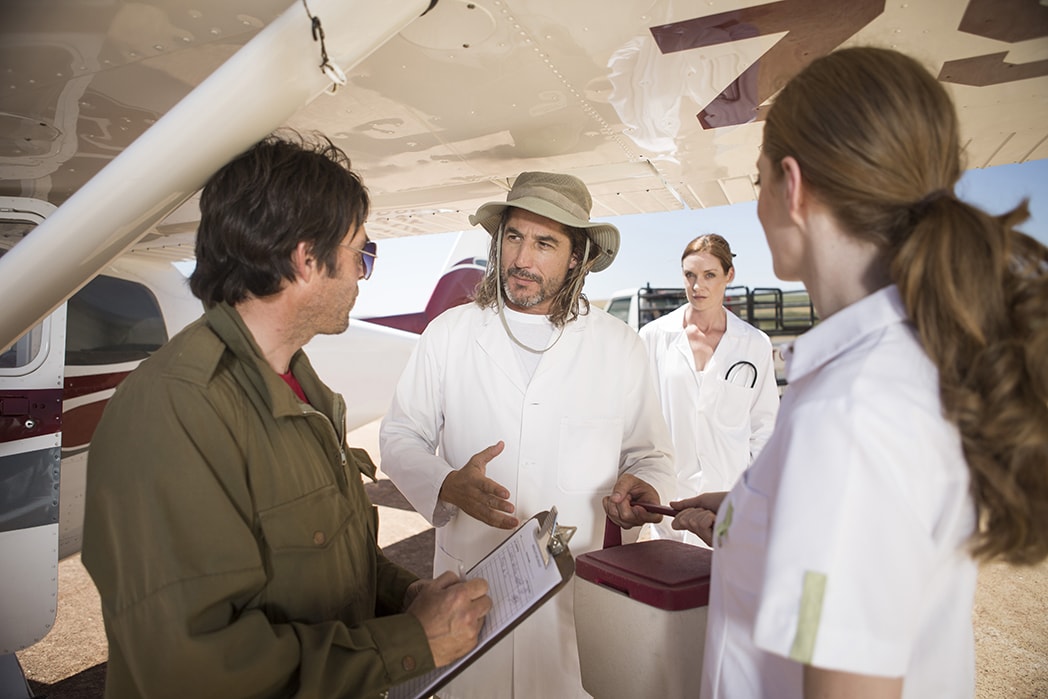
Ground school is a part of flight training required by the FAA for private and commercial pilots. It teaches you the knowledge to pass the FAA written exam by covering key aviation topics.
The time to complete ground school can be as short as 2 weeks or as long as several months depending on the format. With options for in-person, online or home study programs it fits into your schedule. One flexible option is the Flight Nerd Air Force online ground school, which offers structured lessons designed to help student pilots succeed in FAA knowledge tests.
In this phase you’ll cover aerodynamics, weather, flight planning, navigation and other important topics for decision making while flying. You’ll learn how to read weather forecasts to determine if it’s safe to fly. You’ll learn how to navigate airspace charts and manage flight plans.
You’ll get in depth information on aircraft systems including engine management, avionics and emergency procedures.
The foundation laid in ground school prepares candidates for the FAA knowledge test, also known as the written test. Passing the knowledge test is required before advancing to flight training, as it assesses your understanding of aviation rules, principles, and procedures.
By the end of ground school you should feel confident and ready to move onto the next stage of your aerial instruction journey.
Beginning Flight Training
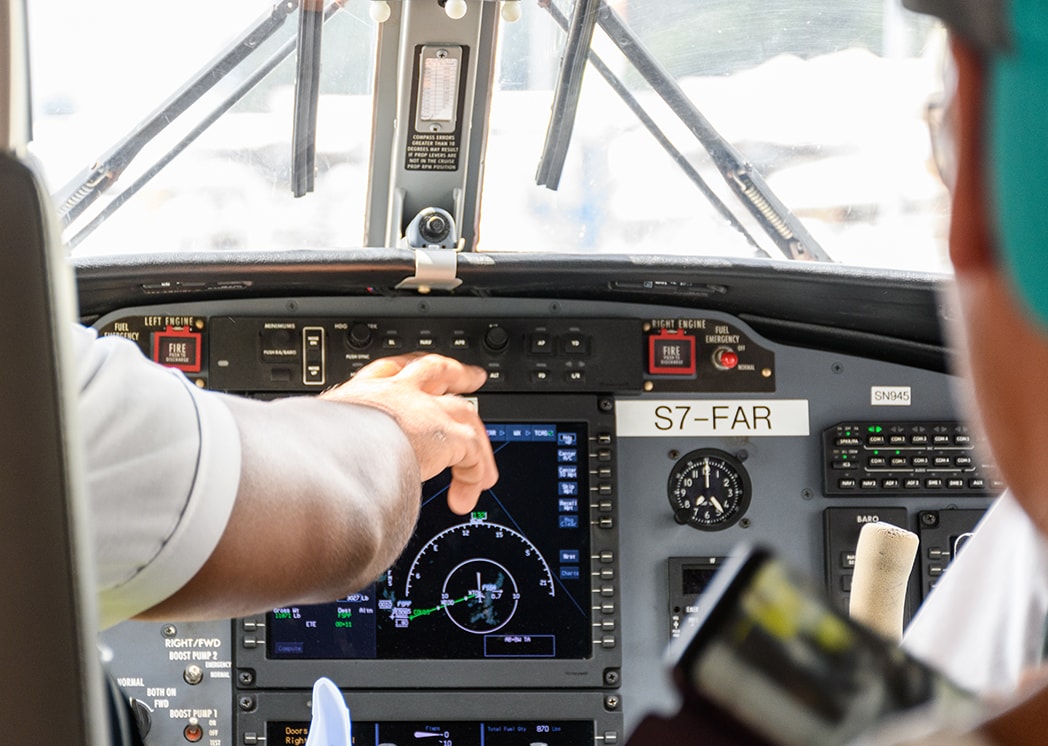
Your first flight training session is a big deal. A discovery flight gives you the chance to get in the air before committing to lessons. At your first session you’ll sit down with your instructor to go through the paperwork and talk through what’s going to happen in your training, effectively laying the foundation for your aviation journey.
Your certified flight instructor will show you how things work and give you feedback to get you started with basic flight training and instrument training.
In this first lesson you’ll get to see how an aircraft works and learn some basic flying skills under the guidance of an expert. A debrief after each session allows you and your instructor to go through how you did and identify areas for improvement.
To prevent skills from rusting off due to lack of practice it’s important these sessions are regular. Most student pilots benefit from frequent lessons to build skills and confidence. Doing them 2-3 times a week during active learning periods will ensure you’re improving.
For those looking to be efficient in their training it’s good to do practical exercises from lessons in the cockpit and diligent study at home too laying the theoretical groundwork will help student pilots when faced with challenges along the way to becoming a proficient pilot.
Solo Flight Milestones
Solo flights are a big deal for student pilots it’s the ability to fly solo, a major step in any pilot training journey.
Before your first solo your instructor will assess your flying ability, knowledge of aviation principles and decision making. You won’t be allowed to solo until they are 100% confident in your skills.
Going solo for the first time is the transition from being a student pilot to being an independent flyer. Student pilots are not allowed to carry passengers during solo flights; only the pilot is permitted on board.
During this experience you’ll enjoy the thrill and responsibility of flying without an instructor. Post flight debriefs with your instructor are important to highlight the good and the not so good.
As you progress through pilot training you’ll do solo cross country flights which add more complexity to the process.
These flights refine your navigation skills and build the confidence needed to plan and fly long trips. Each new milestone on these solo flights brings you closer to getting certified and builds the skills for independent flying.
Cross Country Flights
Cross country flights are part of pilot training to develop your navigation skills and build confidence in the cockpit.
These require you to fly at least 50 miles from your departure point so you need to plan carefully and have good navigation skills.
They are practical tests of flying long distances in different weather and unknown airspace. For private pilots cross country flights are usually flown under visual flight rules which means you must fly in visual meteorological conditions and are not allowed to fly in weather that requires instrument navigation.
Doing these trips not only develops your navigation skills but also teaches you more about flight planning.
You will learn to read airspace charts, file flight plans and make navigation decisions in real flying situations skills that are important for both recreational and career pilots.
Cross country flights are a big step in becoming a proficient pilot. These experiences build technical skills and independence in pilots who want to tackle more complex flying with confidence.
Preparing for the FAA Written Exam
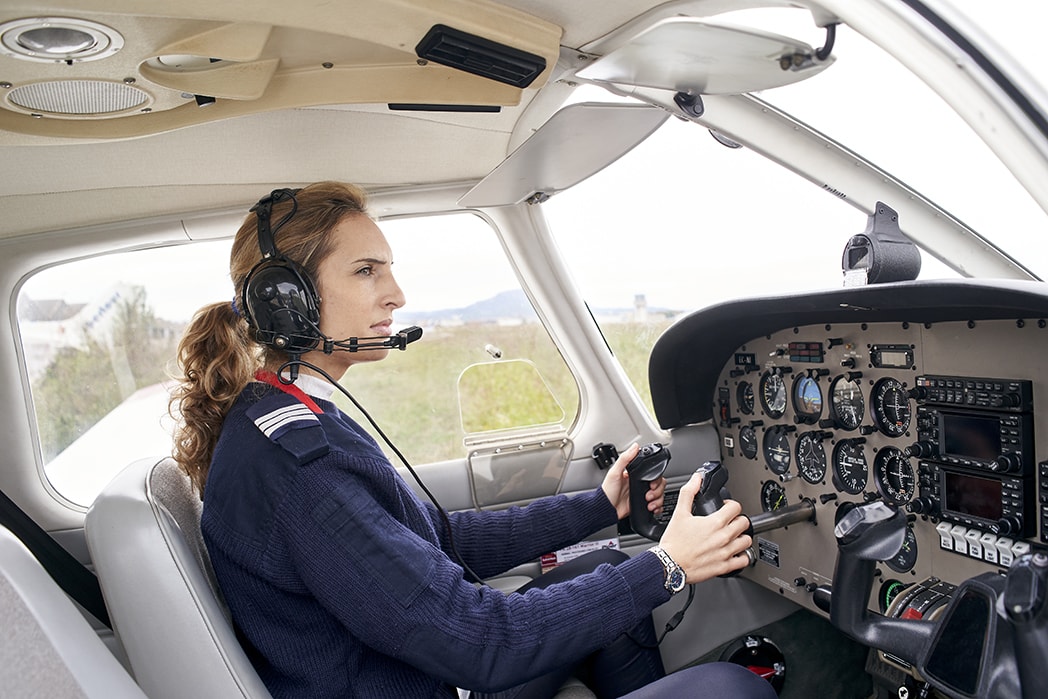
The FAA written exam is a part of the pilot certificate process. Use study materials approved by the Federal Aviation Administration to study efficiently.
Create and stick to a study schedule to help retention and understanding of the topics on the exam. Review and revise your notes to solidify your understanding of aviation concepts.
Include practice tests in your study routine. These simulated exams will show you where you need to focus and get you used to the test format.
Master the exam strategies like reading questions carefully and eliminating wrong options will help you score better for both knowledge tests: general knowledge and specific written knowledge.
Follow these and you’ll be ready for the FAA written exam. Passing this test is a big achievement. It’s not only progress but also leads directly to your practical flight test and eventually to your official certification. The FAA test is a key milestone in the pilot licensing process.
Completing Required Flight Hours
Accumulating flight hours is a big part of pilot training. To get a private pilot license you need to log at least 40 hours of flight time, which is a requirement for obtaining a pilot's license and includes specific types of training flights.
The exact requirements vary slightly depending on if you are in a Part 61 or Part 141 school. The former requires at least 40 hours and the latter 35.
But typically you will exceed these minimums as most students average 60-75 hours during their training.
This extra time gives student pilots more experience and builds confidence in different flying conditions such as cross country, night flying and instrument navigation.
Once students have around 40 hours of flight time they start preparing for their private pilot certificate test. In general terms you can expect to take about 3 months to get your private pilot license.
Knowing these requirements helps prospective pilots plan their training schedule and make sure all the requirements are met.
The Checkride: Practical Test
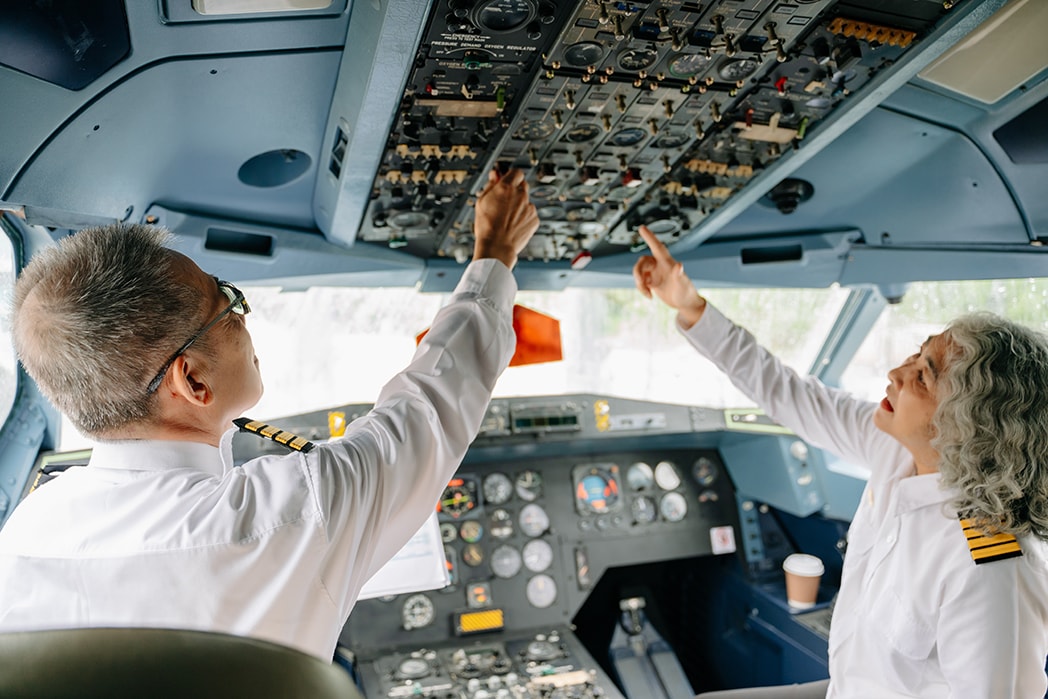
The practical test, also known as the checkride, is the final step to get your private pilot certificate. This is overseen by an FAA Designated Pilot Examiner (DPE) and consists of an oral exam to test your knowledge and decision making and a flight test to test your ability to fly in real world scenarios.
In the flight segment of the test you need to show sound judgment and complete weight and balance calculations and performance planning. By knowing what will be tested based on the Private Pilot Airplane Airman Certification Standards (ACS) you can prepare better for what’s to come.
Having all your documents in order, including your logbook and written exam results, makes the process smoother when dealing with the airman certification branch representative.
Passing this checkride gets you a temporary pilots license – not just the end of all that hard work but also your entry into the world of certified aviation. It’s proof of hard work, dedication and proficiency in flying.
Advanced Ratings and Endorsements
Once you have your private pilot certificate you can add advanced ratings and endorsements to increase your flight proficiency.
To be IFR competent you should consider getting an Instrument Rating (IR). This allows you to fly solely by instruments under instrument flight rules, a skill that’s super useful for night flying and flying in challenging weather.
Adding a multi engine rating allows you to fly aircraft with more than one engine and requires additional training on emergency procedures and another practical test.
Endorsements for high-performance aircraft (those with more than 200 horsepower) and for flying above 25,000 feet, known as a high altitude endorsement, are also useful. The high altitude endorsement requires specific training on operating aircraft above 25,000 feet, including physiological considerations and aircraft equipment knowledge.
Endorsements for complex aircraft (those with retractable landing gear, controllable pitch propellers or movable flaps) are key to increasing your skills as a pilot.
Training for these specialized ratings and endorsements is typically provided by a certificated flight instructor, who can also offer advanced instructor ratings such as CFII for instrument training.
Getting these specialized ratings with an instructor endorsement prepares you for all sorts of aviation situations and opens up more opportunities in flying aircraft.
